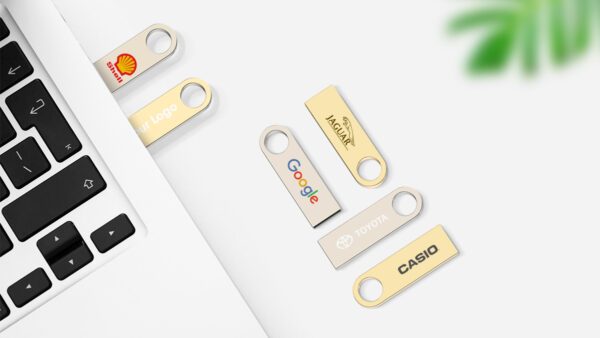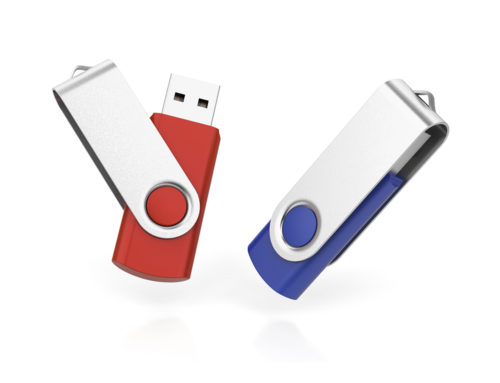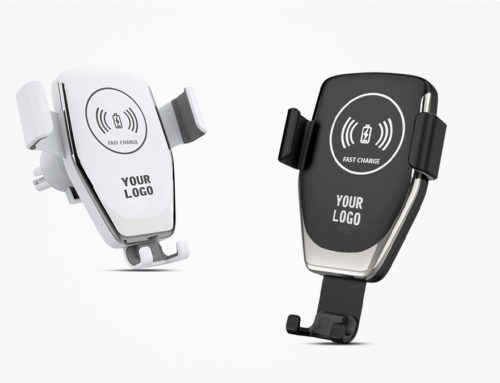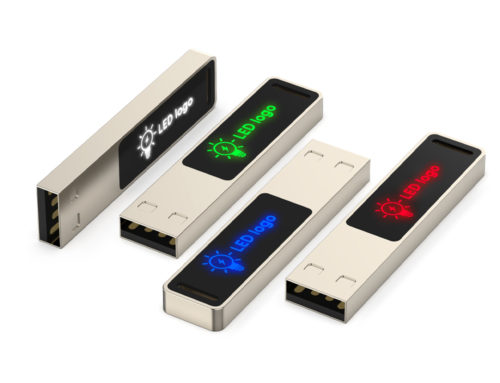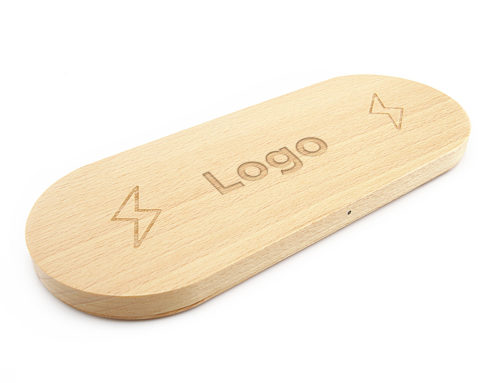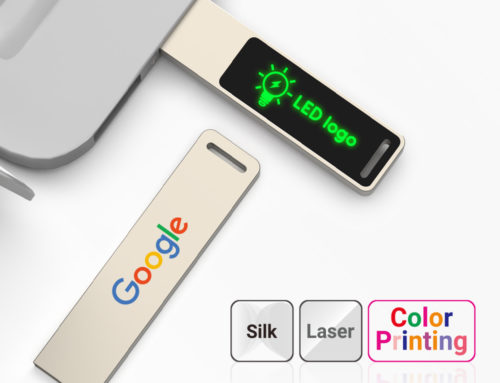USB 2.0 vs. 3.0: o que é certo para você?
USB gadgets are ubiquitous in our day-to-day lives. Whether it be charging your phone, submitting photos with a USB flash drive, or switching out peripherals on your computer system at work, you’re probably relatively accustomed to the USB adapter and port. Yet did you understand that, while they all may look virtually the exact same, there are actually different generations of this sort of plug which may influence performance?
In this guide, we’ll look at 2 of one of the most prominent ones presently– USB 2.0 and also USB 3.0. USB 3.0 ports What Is USB? Prior to we dive into the distinctions between these two generations of USB, below’s a quick refresher course on USB as a whole.
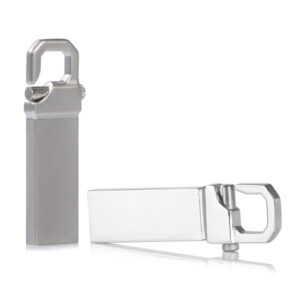
USB (universal serial bus) is the conventional used to link peripherals– flash drives, keyboards, computer mice, cams, phone chargers, and so on– to computers and also adapters. It is likewise used to transfer information between gadgets, such as between flash drives or outside hard disks and also computers. Both USB 2 and USB 3 are built upon the initial USB technologies, USB 1.0 and 1.1, which were launched in 1996 and 1998 respectively.
Unsurprisingly, the 1.0 requirement is the most basic and slowest of all the options, with a maximum speed of 1.5 megabits per second (Mbps). The next generation, USB 1.1, can move at a rate of regarding 12 Mbps, which is considered relatively sluggish today. It wasn’t until 2000 that USB 2.0 was revealed, offering a 40 times much faster information transfer speed, at 480 Mbps.
Compare that to the third generation of USB, USB 3.0, which can transfer at a rate of 10 times faster still, at 4,800 Mbps. There is another generation of USB– USB 4– which was introduced in August of 2019, however this innovation is still not yet commonly readily available.
So now that you know what came before as well as what will can be found in the future of USB technology, allow’s speak about both ideal choices presently– USB 2.0 and USB 3.0 No matter if you’re buying bulk flash drives or are trying to find out how to simplify your life with the best tech options, both USB generations are exceptional options.

CHECK OUT OUR PERSONALIZED USB FLASH DRIVES IN USB 2.0 & USB 3.0. USB 2.0 vs. 3.0: Speed as well as Even more As we already covered, data transfer prices are an essential differentiator between these 2 generations.
Yet rate isn’t the only point that divides these modern technologies. They also vary in style and also a couple of various other ways.
Rate– USB 2.0 offers a transfer rate of regarding 480 Mbps, whereas USB 3.0 offers a transfer price of about 4,800 Mbps which is equal to about 5 GB. This super-fast transfer speed of USB 3.0 can be especially useful when supporting or moving big quantities of data, such as an exterior hard drive. (It must be noted that these are the maximum speeds mirroring ‘ideal’ conditions, actual speeds will certainly be reduced.). Adapter Wires– USB 2.0 has 4 adapter wires, whereas USB 3.0 has nine, which raises rate and bandwidth.
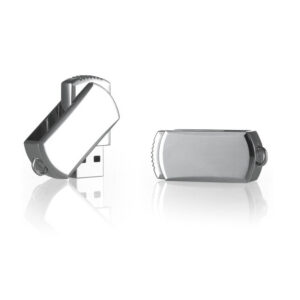
Power Output and Performance– USB 3.0 brings more power and runs at better power efficiency than its older counterpart. In Reverse Compatibility– USB 3.0 ports are likewise totally backwards suitable, which indicates they will collaborate with other USB versions, consisting of 2.0. This suggests that when you plug a USB 2.0 drive into a 3.0 port, it will certainly function.
Nonetheless, if you connect a USB 3.0 drive into a USB 2.0 port, it will be limited to the max speed of USB 2.0. Inside Color– To tell the difference between these 2 innovations with a fast look, try to find a black or blue block inside the port. The black inside indicates USB 2.0, while heaven one indicates 3.0. USB 3.0 flash drive. Below’s a spec-by-spec comparison of USB 2.0 vs. USB 3.0 for fast recommendation:.
SpecificationUSB 2.0 USB 3.0. Released20002008. Transfer Rate (Rate) 480 Mbps4,800 Mbps. Optimum Wire Length30 M18 M. Variety Of Connectors49. Power Usage500 mA900 mA. Block ColorBlackBlue.
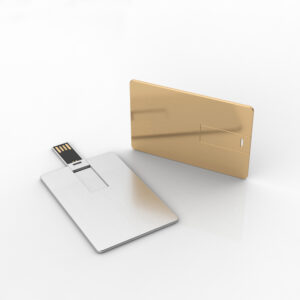
So Which Is Best, USB 2.0 or USB 3.0? It’s safe to claim USB 3.0 out performs USB 2.0 in every group that matters. However, it may come with a cost. As you might anticipate, you will pay more for USB 3.0 tools than USB 2.0 tools, so it is necessary to determine if you in fact need the faster option for your certain application.
If you’re not collaborating with a massive amount of information, there’s no reason to pay extra for the quicker rates. For instance, if you’re purchasing personalized USB drives as advertising giveaways or to share a few files with workers, you might decide to prioritize budget over rate. Nonetheless, USB drives for professional photographers are typically USB 3.0, as transferring hundreds of high-resolution photos on a USB 2.0 drive would certainly be a meticulous task.
 Still not exactly sure which sort of USB drive to choose? Worthspark is constantly here to aid you make the ideal decision for your demands as well as budget.
Still not exactly sure which sort of USB drive to choose? Worthspark is constantly here to aid you make the ideal decision for your demands as well as budget.

